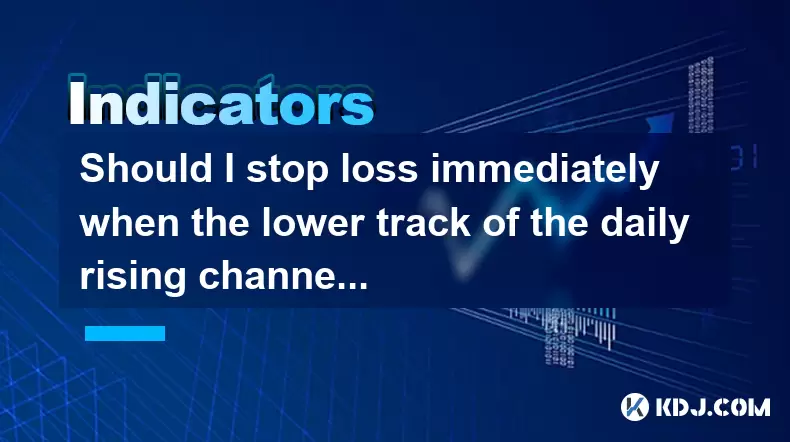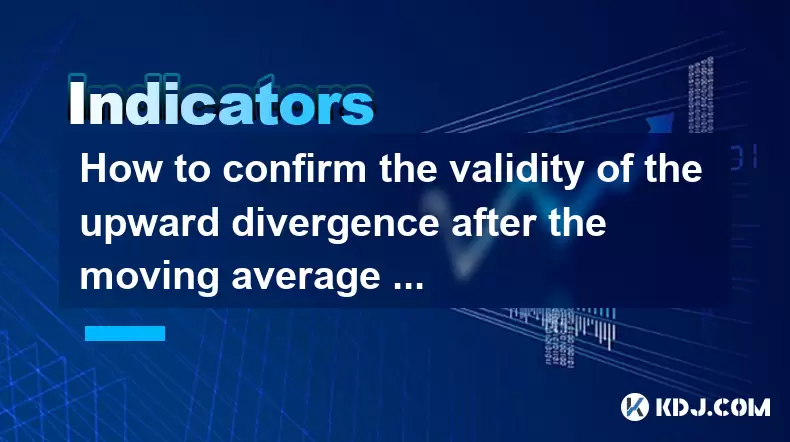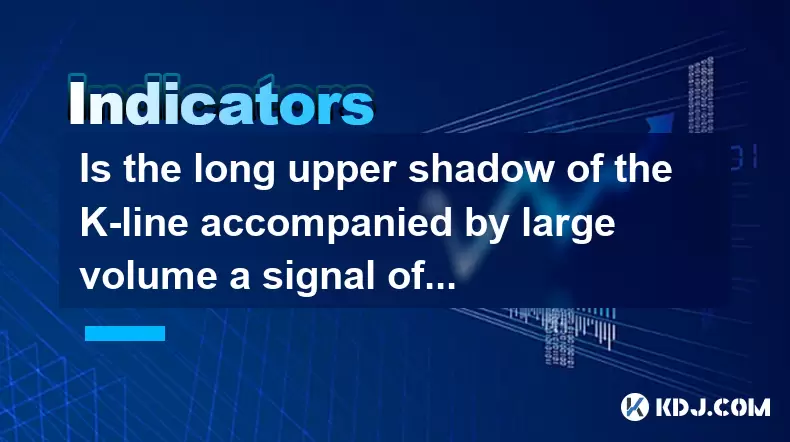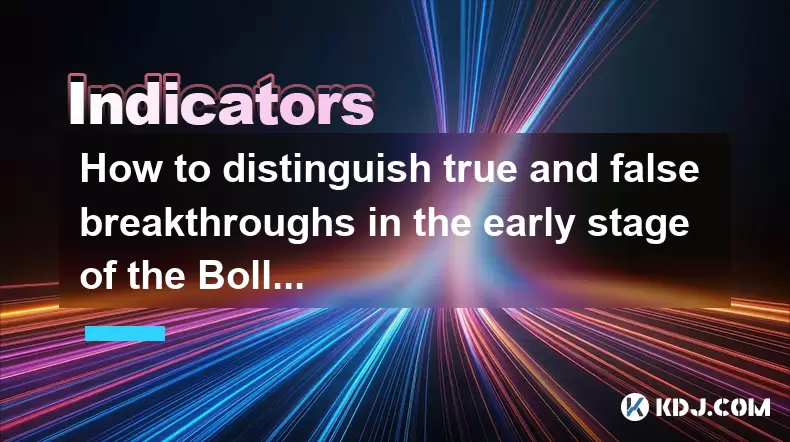-
 Bitcoin
Bitcoin $106,754.6083
1.33% -
 Ethereum
Ethereum $2,625.8249
3.80% -
 Tether USDt
Tether USDt $1.0001
-0.03% -
 XRP
XRP $2.1891
1.67% -
 BNB
BNB $654.5220
0.66% -
 Solana
Solana $156.9428
7.28% -
 USDC
USDC $0.9998
0.00% -
 Dogecoin
Dogecoin $0.1780
1.14% -
 TRON
TRON $0.2706
-0.16% -
 Cardano
Cardano $0.6470
2.77% -
 Hyperliquid
Hyperliquid $44.6467
10.24% -
 Sui
Sui $3.1128
3.86% -
 Bitcoin Cash
Bitcoin Cash $455.7646
3.00% -
 Chainlink
Chainlink $13.6858
4.08% -
 UNUS SED LEO
UNUS SED LEO $9.2682
0.21% -
 Avalanche
Avalanche $19.7433
3.79% -
 Stellar
Stellar $0.2616
1.64% -
 Toncoin
Toncoin $3.0222
2.19% -
 Shiba Inu
Shiba Inu $0.0...01220
1.49% -
 Hedera
Hedera $0.1580
2.75% -
 Litecoin
Litecoin $87.4964
2.29% -
 Polkadot
Polkadot $3.8958
3.05% -
 Ethena USDe
Ethena USDe $1.0000
-0.04% -
 Monero
Monero $317.2263
0.26% -
 Bitget Token
Bitget Token $4.5985
1.68% -
 Dai
Dai $0.9999
0.00% -
 Pepe
Pepe $0.0...01140
2.44% -
 Uniswap
Uniswap $7.6065
5.29% -
 Pi
Pi $0.6042
-2.00% -
 Aave
Aave $289.6343
6.02%
Should I stop loss immediately when the lower track of the daily rising channel is broken?
A break below the daily rising channel’s lower boundary may signal weakening momentum, but confirmation through volume, timeframe analysis, and price action is crucial before assuming a trend reversal.
Jun 18, 2025 at 07:07 am

Understanding the Daily Rising Channel
A daily rising channel is a technical analysis tool used by traders to identify upward trends in cryptocurrency price movements. It consists of two parallel lines: an upper resistance line and a lower support line. The asset’s price typically oscillates between these two boundaries. When the price approaches the lower boundary, it often bounces back up, reinforcing the trend.
Traders use this pattern to make informed decisions about entry and exit points. However, when the price breaks below the lower track of the daily rising channel, it raises concerns about the continuation of the uptrend. This event can signal weakening momentum or a potential reversal.
Important Note: A break below the lower boundary does not automatically confirm a trend reversal but indicates a shift in market dynamics that requires further confirmation.
What Does a Break Below the Lower Track Indicate?
When the price closes below the lower boundary of a rising channel, it suggests that bears are gaining control over bulls temporarily. In the context of cryptocurrency trading, where volatility is high, such a move may be due to profit-taking, negative news, or broader market corrections.
It is essential to distinguish between a temporary pullback and a trend reversal. A single candle closing below the lower line might not be significant. However, if multiple candles close below the channel or if there's a large bearish candle, it increases the likelihood of a change in direction.
- Volume Increase: A surge in selling volume during the breakout enhances the probability of a real breakdown.
- Timeframe Consideration: A break on the daily chart carries more weight than a similar move on the hourly chart.
- Retest Failure: If the price fails to reclaim the channel after breaking out, it confirms weakness.
Why Immediate Stop Loss May Not Always Be Wise
Many novice traders panic and trigger stop-loss orders immediately upon seeing the price fall below the rising channel. However, doing so without considering other factors can lead to premature exits from potentially profitable trades.
Cryptocurrency markets are known for sharp, emotional moves. A false breakout—where the price briefly dips below the channel before bouncing back—is common. If you set your stop loss too tightly around the lower boundary, you risk being stopped out only to watch the price recover shortly afterward.
Instead of acting impulsively:
- Analyze Volume: Was the breakdown accompanied by high volume or just a small sell-off?
- Check Other Timeframes: Is the same breakdown visible on the 4-hour or weekly charts?
- Use Confirmation Candles: Wait for a few candles to confirm whether the breakdown is valid or not.
How to Adjust Your Stop Loss Strategically
Rather than setting a rigid stop loss right at the lower boundary, consider using a dynamic approach based on recent swing lows or moving averages. For example:
- Swing Low Protection: Place your stop loss slightly below the last major swing low to allow room for normal price fluctuations.
- Moving Average Alignment: Use the 20-day or 50-day EMA as a trailing stop mechanism.
- Channel Width Analysis: Measure the average distance between the upper and lower channels to estimate how far the price might retrace before resuming its trend.
By adjusting your stop loss dynamically, you give the trade room to breathe while still protecting yourself from excessive downside risk.
Alternative Strategies to Handle a Broken Rising Channel
If the price has indeed broken the rising channel, consider alternative strategies rather than simply exiting:
- Partial Exit: Sell a portion of your position to lock in profits while keeping the rest open in case of a bounce.
- Re-entry Setup: Watch for a retest of the broken support level as new resistance. If the price respects this level and turns bullish again, it could be a good re-entry opportunity.
- Trade the Counter-trend: Some traders look to short the asset after a confirmed breakdown, especially if other indicators like RSI or MACD align with the bearish bias.
These strategies help you stay engaged with the market without making impulsive decisions based solely on a broken channel.
Frequently Asked Questions (FAQs)
Q1: What time frame should I focus on for the daily rising channel?
The daily rising channel is most effective on the 1D (daily) chart. However, confirming the trend on higher timeframes like the weekly chart adds reliability to the pattern.
Q2: Can a broken rising channel ever become support again?
Yes, once a rising channel is broken, the former support (lower boundary) often becomes resistance. If the price returns to test this level and gets rejected, it confirms the breakdown.
Q3: Should I always use a stop loss when trading channels?
Yes, stop losses are crucial in managing risk, especially in volatile crypto markets. However, their placement should be strategic and not based solely on visual patterns like channel boundaries.
Q4: How do I differentiate between a pullback and a trend reversal after a channel break?
Look for confluence with other indicators such as volume, RSI divergence, or candlestick patterns. A strong rejection candle near the broken channel may indicate a pullback, while sustained movement beyond it signals a possible reversal.
Disclaimer:info@kdj.com
The information provided is not trading advice. kdj.com does not assume any responsibility for any investments made based on the information provided in this article. Cryptocurrencies are highly volatile and it is highly recommended that you invest with caution after thorough research!
If you believe that the content used on this website infringes your copyright, please contact us immediately (info@kdj.com) and we will delete it promptly.
- Staked Ether, Corporate Crypto, and Finance Adoption: A New York Minute
- 2025-06-21 02:45:13
- Pendle, DeFi, and the SEC: A New York Minute on Crypto's Crossroads
- 2025-06-21 02:25:13
- Reddit, Worldcoin, and Iris Scanning: A New Era of User Verification?
- 2025-06-21 02:45:13
- Investor Funds, Bitcoin, and Buying Tricks: Navigating the Crypto Landscape
- 2025-06-21 02:50:12
- TikTok, Trump, and a $300 Million Crypto Bribe? What's the Deal?
- 2025-06-21 03:10:57
- Pi Network's Open Mainnet: Hype or Hope for a Decentralized Future?
- 2025-06-21 03:25:12
Related knowledge

Does the sudden contraction of ATR indicate the end of the trend?
Jun 20,2025 at 11:14pm
Understanding ATR and Its Role in Technical AnalysisThe Average True Range (ATR) is a technical indicator used to measure market volatility. Developed by J. Welles Wilder, ATR calculates the average range of price movement over a specified period, typically 14 periods. It does not indicate direction—only volatility. Traders use ATR to gauge how much an ...

Is the trend continuation when the Williams indicator is oversold but there is no rebound?
Jun 20,2025 at 11:42pm
Understanding the Williams %R IndicatorThe Williams %R indicator, also known as the Williams Percent Range, is a momentum oscillator used in technical analysis to identify overbought and oversold levels in price movements. It typically ranges from 0 to -100, where values above -20 are considered overbought and values below -80 are considered oversold. T...

Is the golden cross of the ROC indicator below the zero axis effective?
Jun 20,2025 at 09:42pm
Understanding the ROC Indicator and Its Role in Cryptocurrency TradingThe Rate of Change (ROC) indicator is a momentum oscillator widely used by traders to assess the speed at which cryptocurrency prices are changing. It measures the percentage difference between the current price and the price from a certain number of periods ago. The ROC helps identif...

How to confirm the validity of the upward divergence after the moving average sticks together?
Jun 21,2025 at 01:36am
Understanding the Basics of Moving Averages and DivergenceIn technical analysis, moving averages are crucial tools used to smooth out price data over a specified time period. When multiple moving averages converge or 'stick together,' it often indicates a consolidation phase in the market. This phenomenon can be a precursor to significant price movement...

Is the long upper shadow of the K-line accompanied by large volume a signal of peaking?
Jun 21,2025 at 12:28am
Understanding the Long Upper Shadow K-LineThe long upper shadow of a K-line is a common candlestick pattern that often appears during price action analysis. It consists of a small real body with a long upper wick, indicating that the price rose significantly during the period but was ultimately rejected and closed lower than its high. This pattern can s...

How to distinguish true and false breakthroughs in the early stage of the Bollinger Band opening?
Jun 20,2025 at 10:35pm
Understanding the Bollinger Band StructureBollinger Bands consist of three lines: a simple moving average (SMA) in the middle, and two outer bands that are standard deviations away from the SMA. These bands expand and contract based on market volatility. When the bands begin to widen, it often signals an increase in price volatility, which traders inter...

Does the sudden contraction of ATR indicate the end of the trend?
Jun 20,2025 at 11:14pm
Understanding ATR and Its Role in Technical AnalysisThe Average True Range (ATR) is a technical indicator used to measure market volatility. Developed by J. Welles Wilder, ATR calculates the average range of price movement over a specified period, typically 14 periods. It does not indicate direction—only volatility. Traders use ATR to gauge how much an ...

Is the trend continuation when the Williams indicator is oversold but there is no rebound?
Jun 20,2025 at 11:42pm
Understanding the Williams %R IndicatorThe Williams %R indicator, also known as the Williams Percent Range, is a momentum oscillator used in technical analysis to identify overbought and oversold levels in price movements. It typically ranges from 0 to -100, where values above -20 are considered overbought and values below -80 are considered oversold. T...

Is the golden cross of the ROC indicator below the zero axis effective?
Jun 20,2025 at 09:42pm
Understanding the ROC Indicator and Its Role in Cryptocurrency TradingThe Rate of Change (ROC) indicator is a momentum oscillator widely used by traders to assess the speed at which cryptocurrency prices are changing. It measures the percentage difference between the current price and the price from a certain number of periods ago. The ROC helps identif...

How to confirm the validity of the upward divergence after the moving average sticks together?
Jun 21,2025 at 01:36am
Understanding the Basics of Moving Averages and DivergenceIn technical analysis, moving averages are crucial tools used to smooth out price data over a specified time period. When multiple moving averages converge or 'stick together,' it often indicates a consolidation phase in the market. This phenomenon can be a precursor to significant price movement...

Is the long upper shadow of the K-line accompanied by large volume a signal of peaking?
Jun 21,2025 at 12:28am
Understanding the Long Upper Shadow K-LineThe long upper shadow of a K-line is a common candlestick pattern that often appears during price action analysis. It consists of a small real body with a long upper wick, indicating that the price rose significantly during the period but was ultimately rejected and closed lower than its high. This pattern can s...

How to distinguish true and false breakthroughs in the early stage of the Bollinger Band opening?
Jun 20,2025 at 10:35pm
Understanding the Bollinger Band StructureBollinger Bands consist of three lines: a simple moving average (SMA) in the middle, and two outer bands that are standard deviations away from the SMA. These bands expand and contract based on market volatility. When the bands begin to widen, it often signals an increase in price volatility, which traders inter...
See all articles

























































































